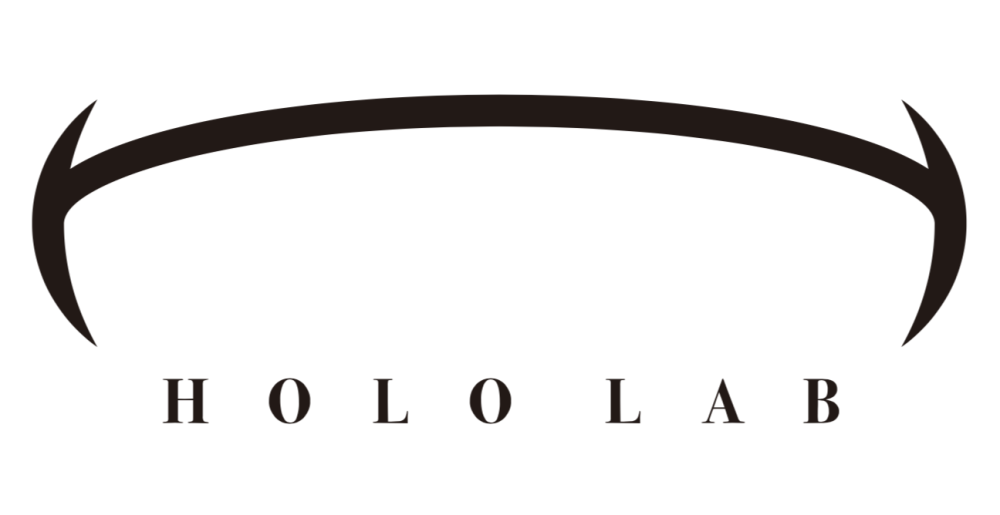Ready to Get Started?
Try Autodesk Platform Services for free by setting up an account and free trial. Explore the resources to learn about the solutions you can build using design and engineering data.

Augmented reality (AR) and mixed reality (MR) systems are taking hold in the architecture, engineering, and construction (AEC) and manufacturing industries, since they provide design and construction professionals with realistic, detailed views into ongoing projects. To help these professionals better use devices like the HoloLens 2 MR smart glasses, Japan-based HoloLab created mixpace, a cloud-based software-as-a-service (SaaS) solution for viewing 3D CAD and BIM (Building Information Modeling) files. HoloLab improved access to AR and MR files for design and building professionals by building mixpace on the Forge platform.
HoloLab's general construction and civil engineering customers seek out AR and MR viewing tools for improved design review and construction verification. For example, they may want to overlay 3D images of CAD and BIM files to ensure walls will be constructed in the proper places, or decide if reinforcing beams need to have placement adjusted. However, viewing CAD and BIM files typically required complicated software for the HoloLens 2, or software plug-ins that only converted certain types of design files. Without ongoing assistance from software developers and IT experts, many AEC and manufacturing teams couldn't easily visualize BIM and CAD files within their MR devices—or use AR and MR tools at all.
When HoloLab was creating its mixpace viewer app for the HoloLens 2, the team first used a CAD/BIM importer plug-in from Unity, but the plug-in couldn't convert BIM files. Since HoloLab's construction and civil engineering customers rely heavily on BIM, the company needed a better solution for viewing BIM files in 3D.
HoloLab chose the Forge platform to broaden accessibility of AR and MR tools. Construction and design professionals can simply upload 3D CAD and BIM files to the mixpace website, download the mixpace app, and view the designs in the mixpace HoloLens 2 and iPad viewer apps. Users only need to learn the easy-to-use interfaces of the HoloLens 2 and iPad instead of managing complicated MR plug-ins and they can access and view a wide range of supported file formats.
HoloLab uses Forge's Model Derivative API to convert 3D CAD and BIM files to SVF files; the mixpace web application then converts the SVF files to the GLB format. The mixpace web application also uses the Forge Data Management API to pull 3D files; the Forge Webhooks API is used to connect Forge to the mixpace web application, which manages the uploaded 3D files.
Forge highlights include the following:
“Autodesk’s Forge platform was perfect for our mixpace project. With Forge's wide range of supported file formats, we're able to target both AEC and manufacturing industries that need fast and easy MR viewing of their 3D CAD and BIM files.”—Yoshitomo Iwamoto, MR Content Producer, HoloLab
